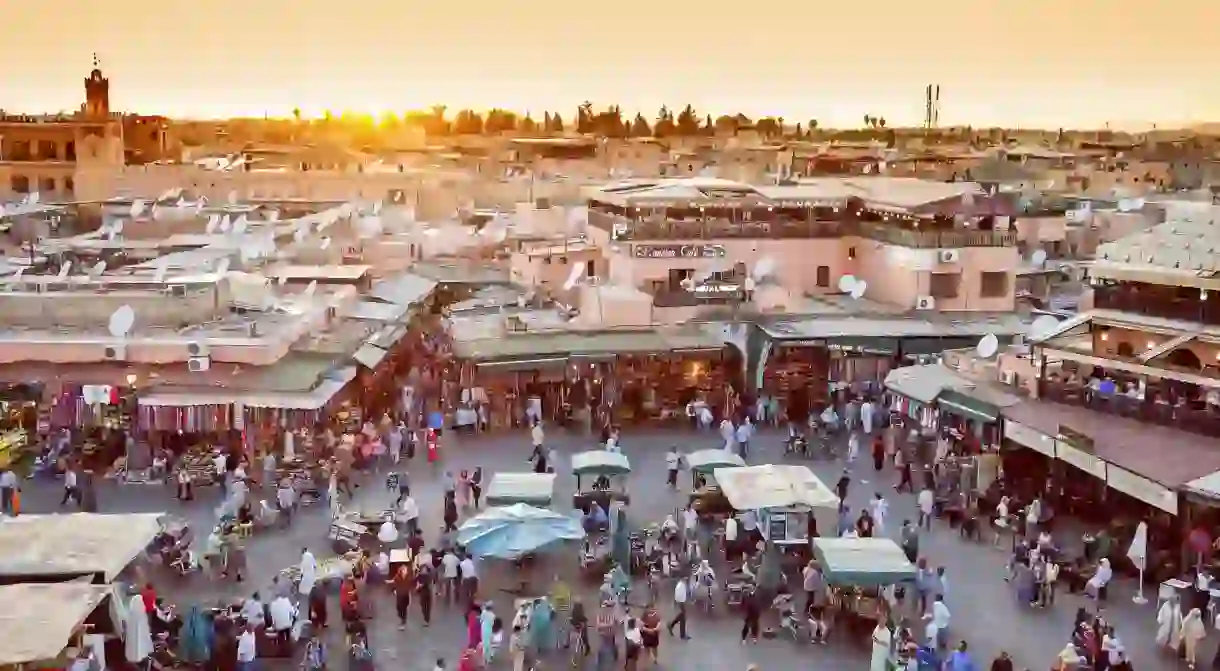How Supporting Local Projects in Marrakech Can Protect Tourism and the Environment

Feted for its bustling souks and invigorating hammams, Marrakech is one of Morocco’s most popular destinations, attracting travellers from all over the world. What many visitors don’t realise, however, is that it has a commitment to sustainable tourism that is almost as impressive as its sights. Culture Trip reports.
Weaving a way forward for women
Marrakech has long been celebrated for its inimitable sense of style and its artistry. Sustainability consultant Rosanna Falconer believes the city’s efforts in sustainable tourism are “as magic as its famed technicolour bohemian roots” and points tourists to cooperatives such as Al Nour, a business with a drive for social justice.
Al Nour is a social business that works with local women with disabilities to provide employment and educational opportunities. In addition to purchasing handwoven gifts, visitors can take part in lessons to try their hand at weaving their own products. “People get really passionate about Al Nour,” says founder Patricia Kahane. “Entrepreneurs have been coming from Heidelberg, Germany, every year since 2007 to stay connected and provide support.” Designers are also known to drop by, to purchase items to sell in their own urban pop-ups.
Women haven’t always enjoyed economic opportunities in Marrakech, but at Amal, a non-profit venture not far from the Yves Saint Laurent museum, local women from disadvantaged backgrounds are trained in culinary skills. Open for lunch, the café boasts some of the best local flavours in the city and offers cookery classes every morning as well as baking classes in the afternoon. If the pastries don’t fill you up, Al Fassia, a superb restaurant established by an all-female team, is reputed to serve the best tagine in Marrakech.
Outside the city walls
Another way to experience local life is with a visit to a rural community. Do your research to see how these trips are organised before you book, and use small-scale organisations that will give the profit back to the communities.
Just a 30-minute drive to Tnine Ourika, in Al Haouz province, Cooperative Aboghlo is an example of a cooperative working towards gender equality, with more than 30 women producing goods that are sold to beauty corporations such as Yves Saint Laurent. It’s also supported by the High Atlas Foundation.
Elsewhere in Al Haouz and other locations close to Marrakech, discerning shoppers can source merchandise direct from artisans through the digital platform Anou. You need to make an appointment online, then sit down with artisans over mint tea – there are no middlemen to tread on their toes.
A lighter footprint
You can do your bit by visiting most places in Marrakech on foot. Alternatively, check out Pikala, which employs locals as professional bicycle tour guides. To cool off after a ride, seek out cafés that source quality local ingredients, such as the colourful Nomad with its stunning terrace, or Café Clock, which has revived traditional hikayat storytelling.
Also, you need to consider where to stay. Around 30 hotels, hostels and riads have been awarded the prestigious Green Key, an international symbol denoting environmental responsibility. These properties use less water and energy, helping to protect Marrakech’s environment and reduce its footprint.













